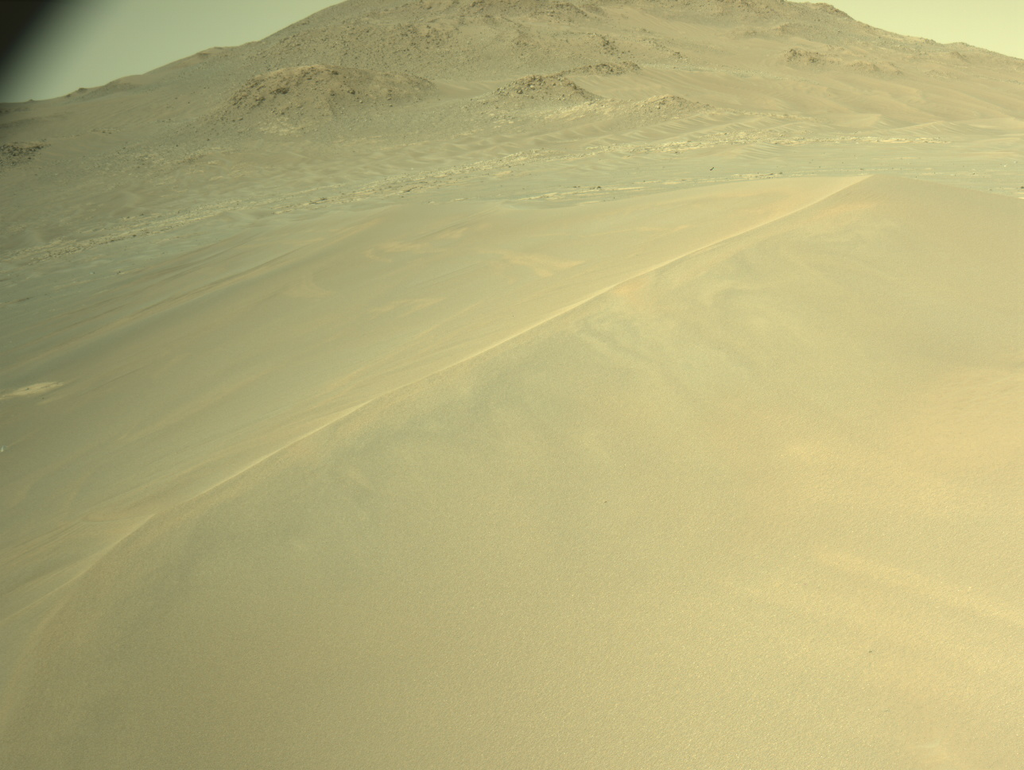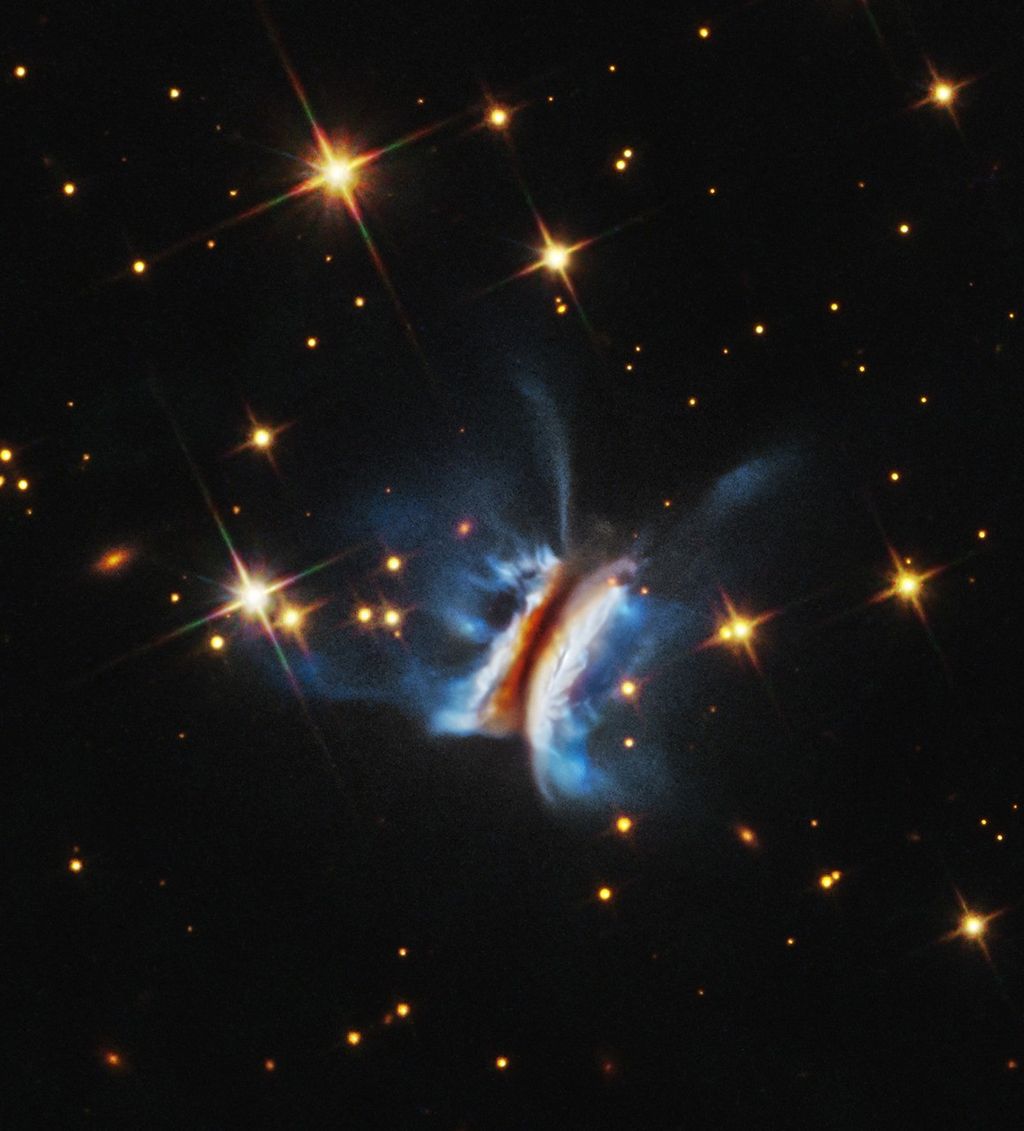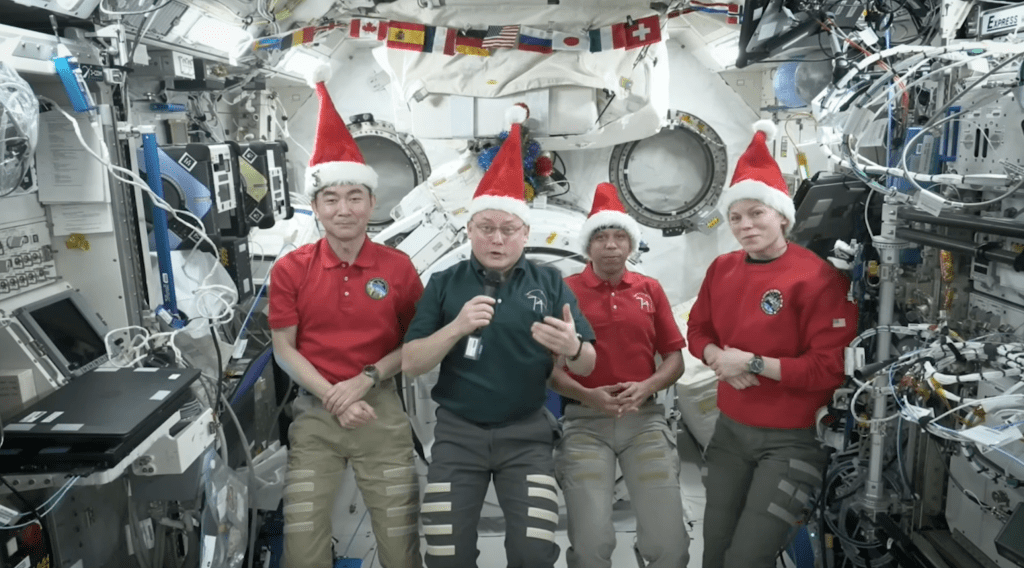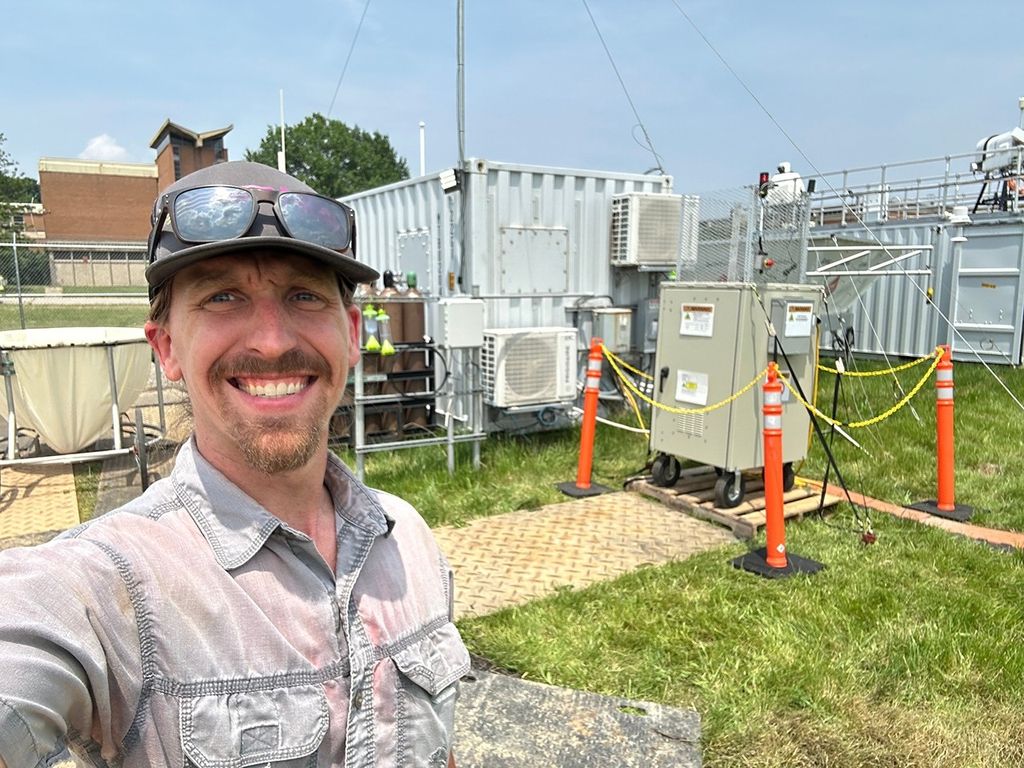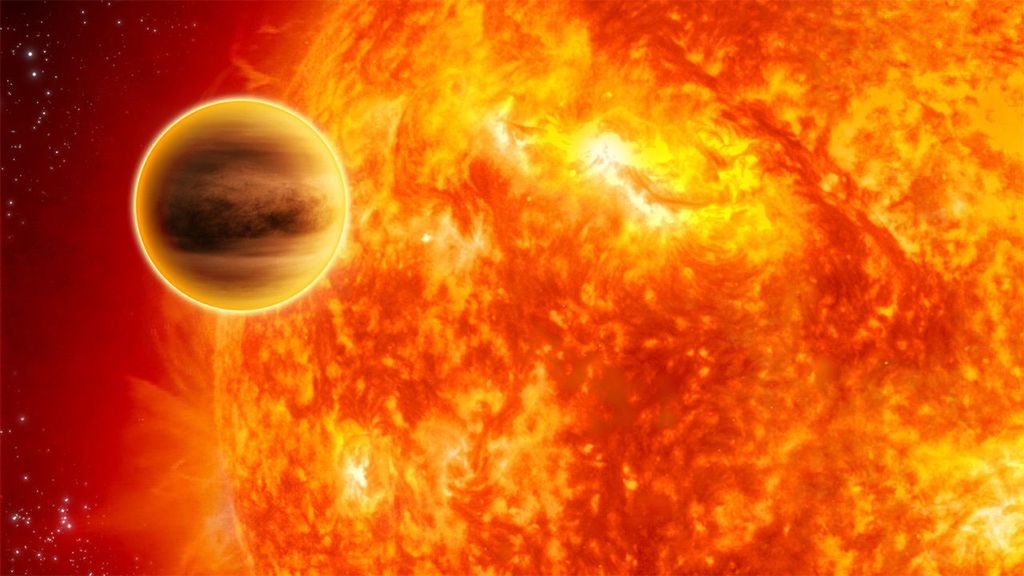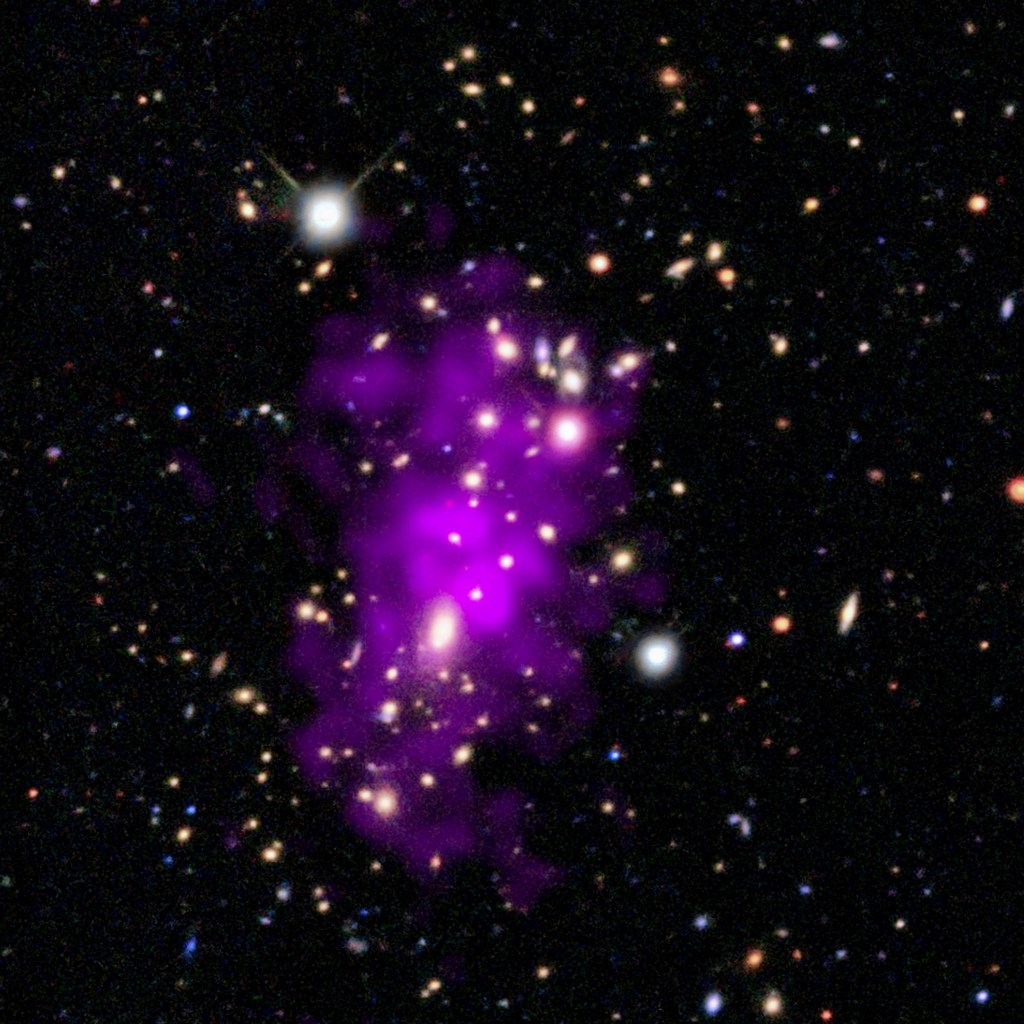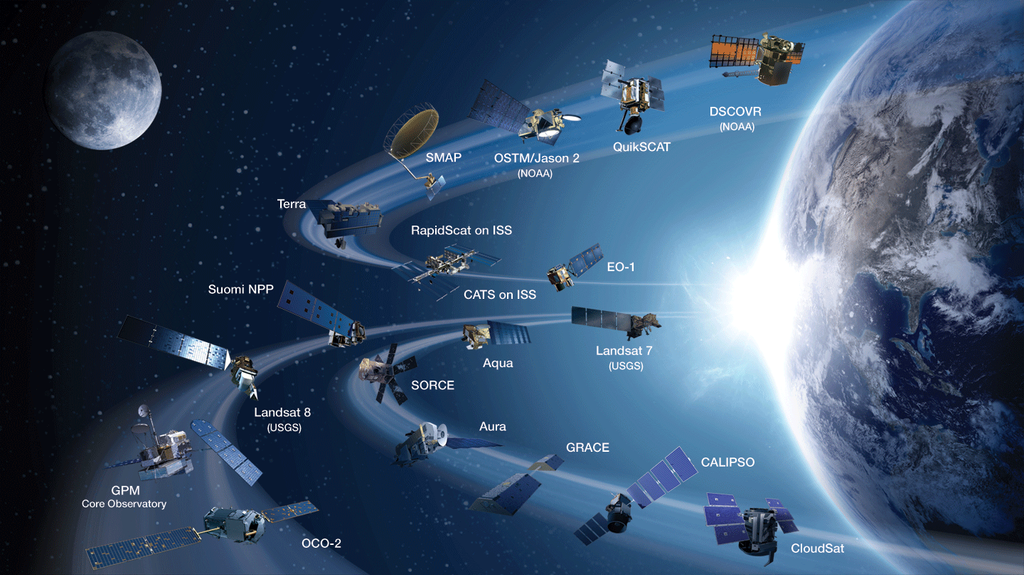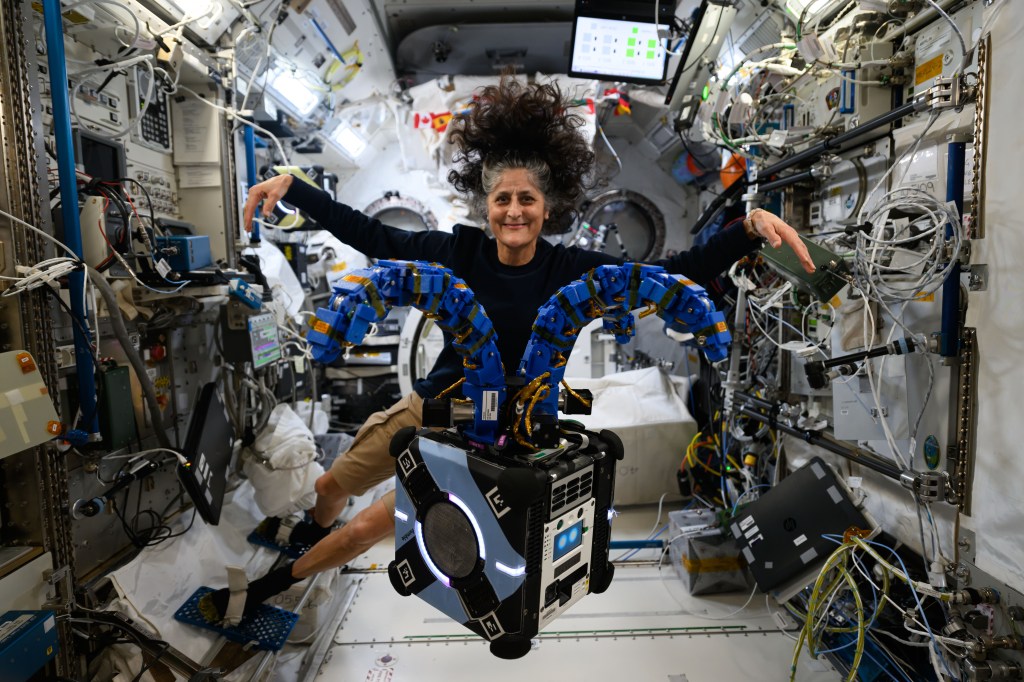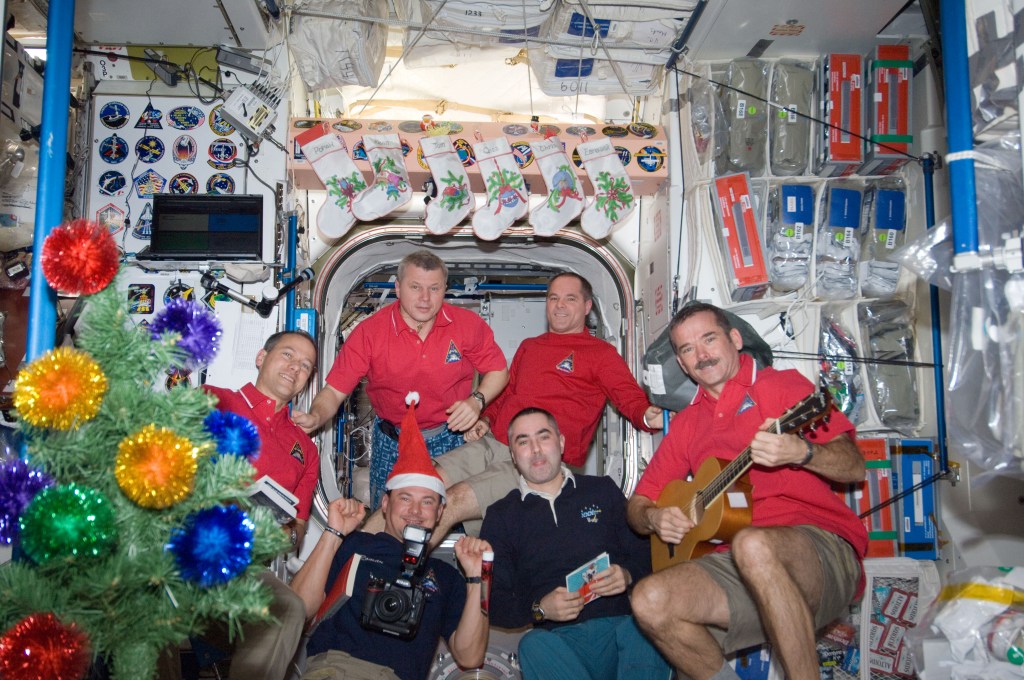NASA’s TRACERS Spacecraft Arrive at Launch Site
Editor’s note: This post has been updated on June 17, 2025, with more information on the target launch date.
NASA’s TRACERS (Tandem Reconnection and Cusp Electrodynamics Reconnaissance Satellites) twin spacecraft have completed the final pre-shipment tests and have arrived at Vandenberg Space Force Base in California in preparations for launch later this year.
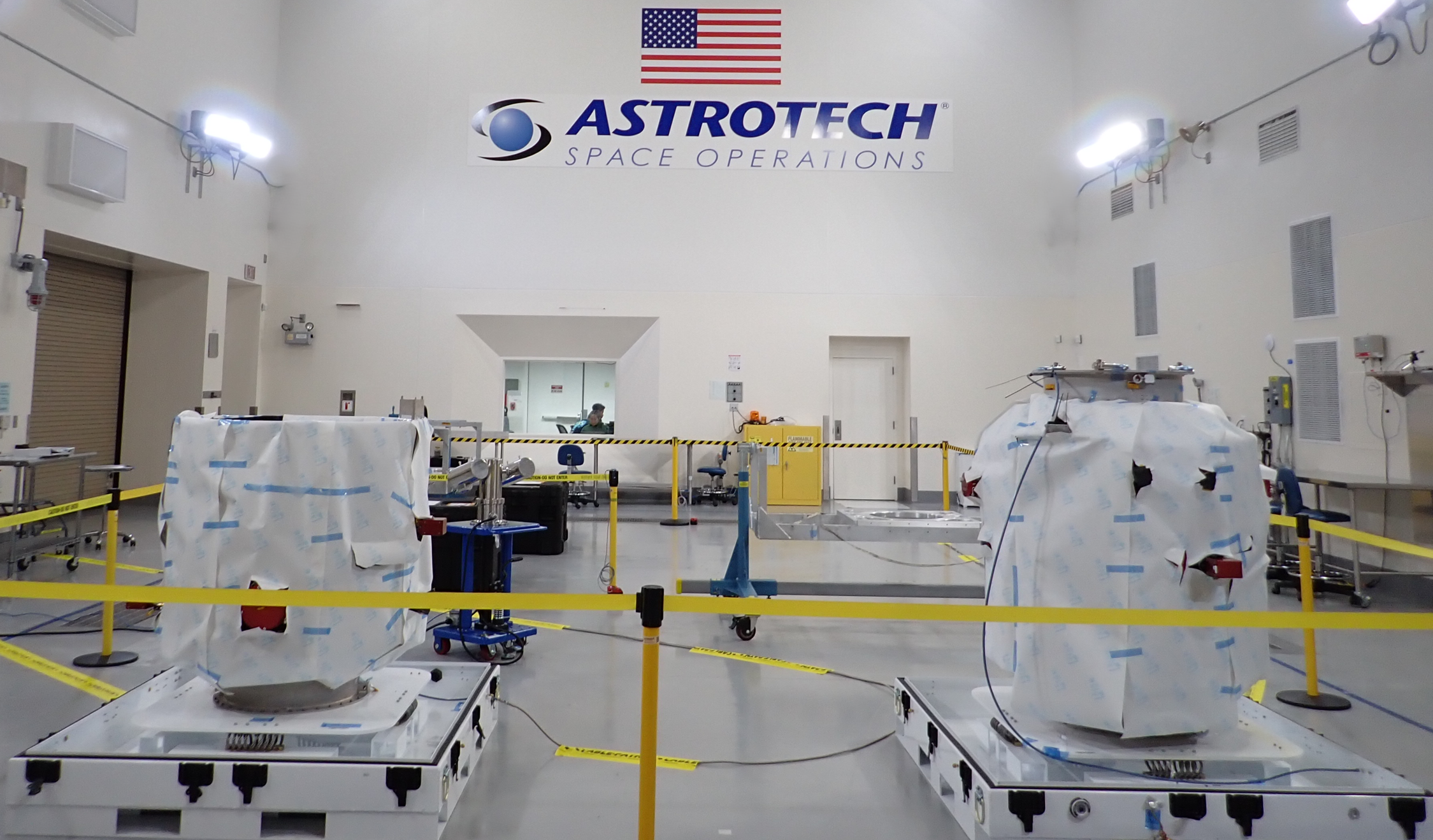
The TRACERS mission will study how the solar wind, the continuous stream of ionized particles escaping the Sun and pouring out into space, interacts with Earth’s magnetosphere, the region around Earth dominated by our planet’s magnetic field. Understanding this region and space weather patterns is paramount in our increasingly technologically driven society, as space weather events can affect our power grids and communications satellites, and create potentially hazardous conditions for astronauts.
When the solar wind first meets Earth’s magnetosphere, an explosive event called magnetic reconnection occurs. A reconnection event can shoot solar wind particles, normally diverted around our planet, directly into our atmosphere at high speeds. These particles provide the power that ignites the beautiful northern and southern lights, known as auroras, and help drive space weather on Earth.
After Millennium Space Systems built the two spacecraft, the team integrated the instruments, and the spacecraft passed several rigorous environmental, mechanical, and systems verification tests. These tests are to ensure the mission is fully prepared for space, with additional pre-launch tests planned to validate final readiness. The TRACERS’ twin satellites will fly in tandem — one behind the other — through the polar cusps, funnel-shaped regions where Earth’s magnetic field opens over the north and south poles. This will allow scientists to observe how quickly reconnection changes and evolves by comparing data collected by each satellite.
Now at Vandenberg, technicians will integrate the TRACERS spacecraft with the launch vehicle, a SpaceX Falcon 9 rocket, and conduct final preparations for launch. Launch is targeted for no earlier than late July 2025 from Space Launch Complex 4 East at Vandenberg Space Force Base.
The TRACERS mission is led and managed by David Miles at the University of Iowa with support from the Southwest Research Institute in San Antonio, Texas. NASA’s Heliophysics Explorers Program Office at the agency’s Goddard Space Flight Center in Greenbelt, Maryland, provides mission oversight to the project for the Heliophysics Division at NASA Headquarters in Washington. NASA’s Launch Services Program, based at the agency’s Kennedy Space Center in Florida, manages the agency’s VADR (Venture-class Acquisition of Dedicated and Rideshare) contract.
By Desiree Apodaca
NASA’s Goddard Space Flight Center, Greenbelt, Md.



